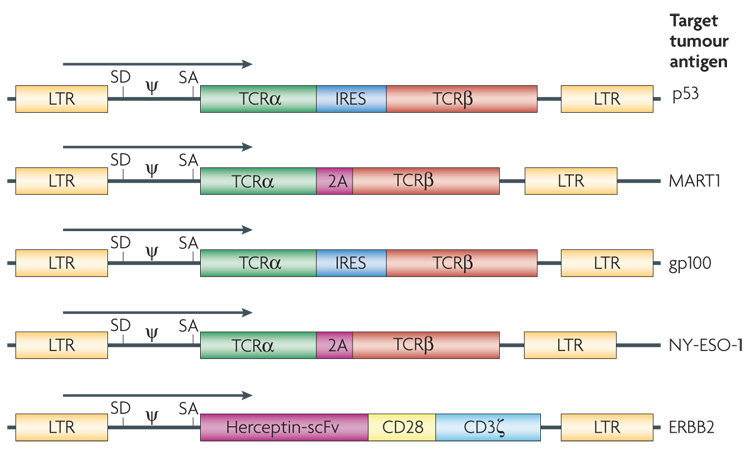Figure 4. Diagram of the retroviral constructs used to insert T-cell receptor (TCR) genes in T cells.

T cells can be engineered with two classes of receptor proteins that are capable of recognizing tumour-associated antigens. Naturally occurring TCRs require coordinated expression of an α and β chain, which can be facilitated by an internal ribosome entry site (IRES) or by the use of a 2A fusion protein. A chimeric antigen receptor is an artificially constructed hybrid protein containing the antigen-binding domains of a single-chain antibody (scFv) linked to T-cell signal domains, such as CD28 and CD3ζ. Vector-specific cis-acting sequences are the long terminal repeat (LTR) that contains the enhancer, promoter and polyadenylation sites, splice donor (SD) and splice acceptor (SA) sequences, and packaging signal (ψ). The target antigen for each of these vectors is as indicated.
